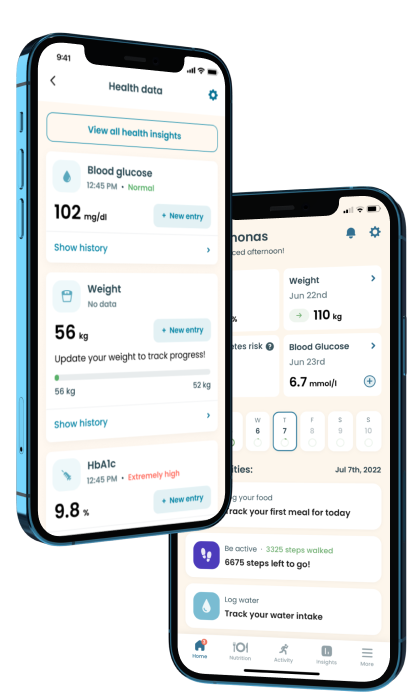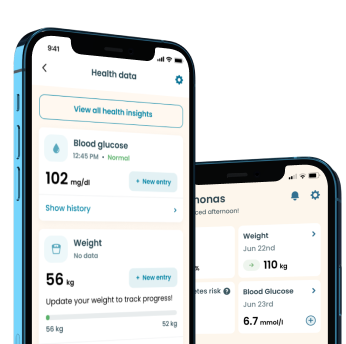Figs and Diabetes: A Safe Bet for People with Diabetes

Moderate
61
249 kcal
If you have diabetes, you may have been told to avoid certain fruits due to their high sugar content. However, figs may surprise you as they are considered safe to be added to a diabetes diet. In fact, figs may even be beneficial for people with diabetes due to their high fiber content and other nutrients. In this article, we'll take a closer look at how figs can help to moderate blood sugar levels and potentially even be used to cure diabetes.
Nutritional value
- Protein 3.3 g
- Carbohydrate 63.9 g
- Fat 0.92 g
- Fiber 9.8 g
- Sugar 48 g
- Cholesterol 0 g
The Fiber in Figs Can Help to Moderate Your Blood Sugar Levels
Fiber is an essential nutrient that is important for maintaining healthy blood sugar levels. For people with diabetes, consuming foods that are high in fiber can be especially helpful. Figs are a food rich in fiber, with one medium-sized fig containing approximately 1.5 grams of fiber.
The fiber contents of figs digest slowly, which can help to maintain blood sugar levels by preventing spikes and crashes. Additionally, fiber can help to improve insulin sensitivity, which is important for people with type 2 diabetes. However, it's important to note that the fiber availability in figs doesn't permit you to go overboard when consuming them. You still need to practice moderation and monitor your blood sugar levels accordingly.
Take a quiz
Discover what Klinio app can do for you
Healthy diabetes meal plan crafted just for YOU

Personalized workouts with no equipment needed

Track your progress with smart tracking tools

What The Studies Say
Research has shown that figs may benefit people with diabetes due to their ability to improve insulin sensitivity and regulate blood sugar levels. According to studies published in the journal Chemico-Biological Interactions, both the fruit and leaves of figs were found to be beneficial for improving insulin sensitivity in lab rats.
Another animal study published in 2003 showed fig extracts to have normalizing effects on blood fatty acids and vitamins. These findings suggest that figs may be a promising natural remedy for diabetes, although more research is needed to confirm their effectiveness in humans.
Figs Can Be Used To Cure Diabetes
While there is no cure for diabetes, certain lifestyle changes and dietary choices can help to manage the condition effectively. Adding figs to your diet may be one such choice that can help to regulate blood sugar levels.
According to records from the United States Department of Agriculture (USDA), the nutritional value of a piece of fig would be enough to help reduce blood sugar levels. Figs are loaded with natural fiber, known for their ability to break down blood sugar. They are also a rich source of vitamins and minerals, including vitamin C, alkaloids, triterpenoids, and flavonoids. Figs contain minerals like magnesium, potassium, zinc, iron, manganese, copper, and vitamins A, C, K, and B, making them a nutritious and delicious addition to any diabetes diet.
Conclusion
Figs are a sweet and nutritious fruit that can be safely incorporated into a diabetes diet. They are high in fiber and other nutrients that can help to regulate blood sugar levels and potentially even be used to cure diabetes. However, as with any dietary choice, it's important to practice moderation and monitor your blood sugar levels accordingly. Consider adding figs to your diet to enjoy their health benefits and delicious taste.

Download Klinio app!
Get more by downloading our free Klinio App. Analyze your health, form new habits and manage your diabetes anytime, anywhere.
OR
SCAN QR CODE



GET THE APP











